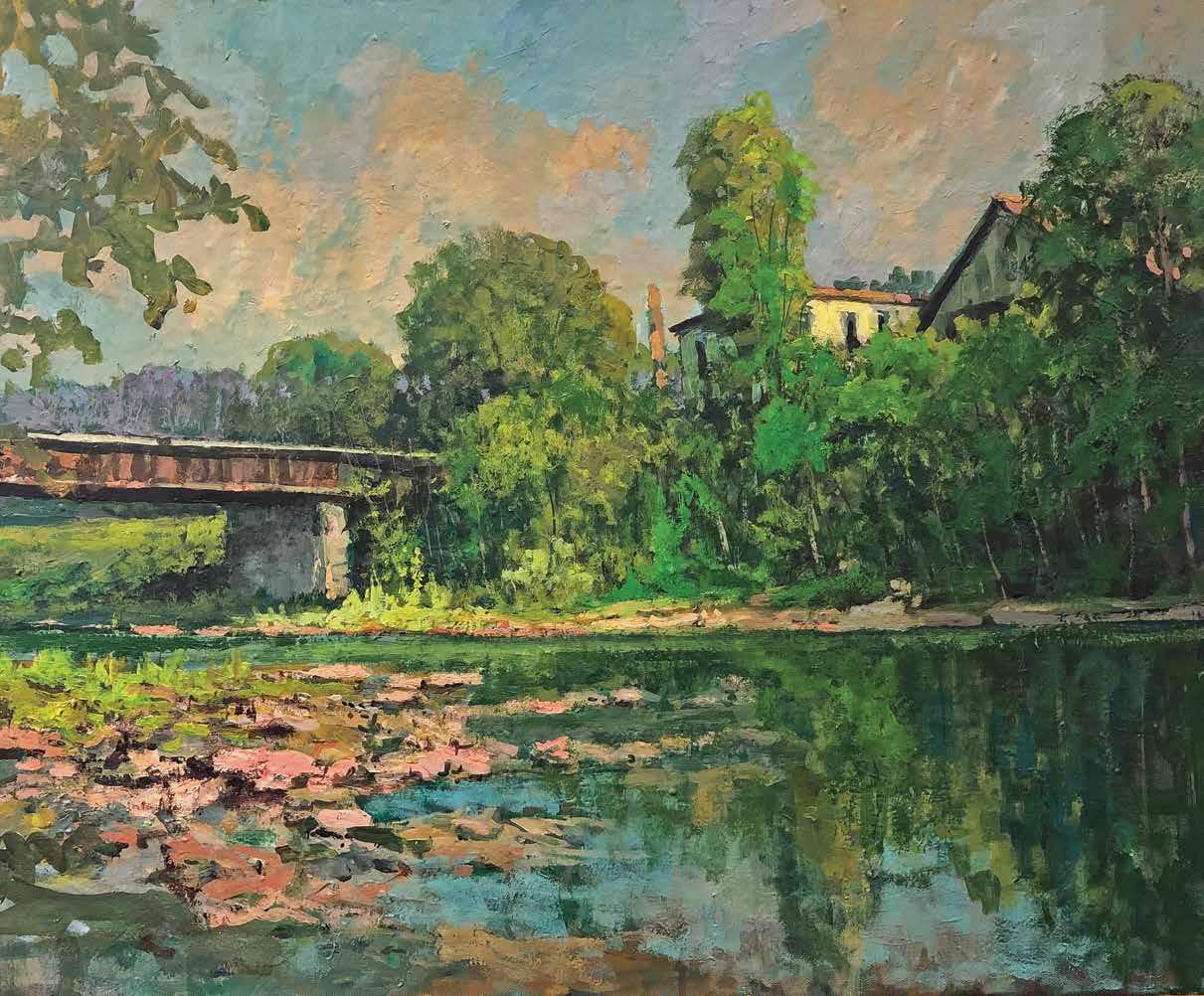When you first look at a painting of a lonesome tree, something about it might tug at your feelings. That solitary tree standing alone in a vast landscape seems to hold stories untold, emotions whispered in silence. The image often goes beyond just a simple picture. It carries a deep emotional weight that connects with people on a personal level, making the artwork feel rich and full of meaning.
The Power of Solitude in Art
Solitude often brings a unique kind of beauty to any artwork. A single tree set apart from others creates a quiet scene that invites reflection. Without distractions, your eyes rest on the lone subject, and your mind begins to fill in the gaps. This emptiness around the tree can feel calming or even melancholic, stirring up a wide range of emotions inside you.
How Simplicity Speaks Volumes
There’s something about simplicity in a lonesome tree painting that makes it so powerful. The artist doesn’t rely on busy backgrounds or crowded compositions. Instead, the focus stays on the tree, which allows you to notice every branch, every leaf, and every shadow with greater clarity. This minimalism invites personal interpretation, giving you room to project your own feelings and stories onto the scene.
The Contrast Between Strength and Fragility
A solitary tree often symbolizes resilience. Standing alone, it withstands the forces of nature, showing strength. At the same time, it appears vulnerable, exposed to the elements without any shelter or support. This contrast creates tension that feels emotionally charged. It’s easy to empathize with the tree, seeing a reflection of human struggles and endurance in its form.
Nature’s Metaphor for Life’s Journey
A lonesome tree often serves as a metaphor in paintings, representing various stages or moments in life. It might symbolize isolation, growth, or hope. The tree’s posture, shape, and surrounding environment all contribute to the story it tells. Its branches reaching upward may suggest striving or longing, while drooping limbs could evoke sadness or weariness. This symbolic depth draws viewers into a shared human experience.
The Role of Color and Light
Colors and lighting in a lonesome tree painting greatly influence how emotions come through. Warm tones might evoke feelings of comfort or nostalgia, while cooler shades can create a sense of loneliness or calm. Shadows cast by the tree add mystery, while bright light can highlight details and bring a sense of clarity. The way an artist plays with these elements affects the mood you sense in the painting.
The Space Around the Tree Matters
The emptiness or openness surrounding the tree plays a crucial role in shaping the emotional tone. A vast, empty field can emphasize isolation and vulnerability, making the tree feel small against the world. Alternatively, a gentle, rolling landscape may give a feeling of peace and quiet strength. This space invites viewers to breathe and think, turning the painting into a quiet moment frozen in time.
Texture and Brushwork’s Emotional Impact
The texture created by the artist’s brushwork adds another layer of feeling. Rough, expressive strokes might suggest turmoil or energy, while smooth, delicate lines could hint at calmness or fragility. The way paint is applied to depict bark, leaves, or ground can make the tree feel alive and tactile. This physicality helps the viewer connect with the painting on a sensory level.
Personal Connections to Loneliness and Hope
Many people feel a connection to a lonesome tree painting because it reflects feelings they’ve had themselves. Moments of solitude, loneliness, or even hope after hardship can all be mirrored in the image of that solitary tree. This connection makes the artwork more than just a picture; it becomes a mirror for personal emotions and memories.
How Composition Guides Emotional Focus
The way a lonesome tree is placed within the frame affects what emotions come through. Centering the tree may create a feeling of stability and focus. Placing it off-center can give a sense of imbalance or tension. The angle of the tree or the way branches stretch can direct your gaze and feelings. These choices help the artist tell an emotional story without words.
The Timeless Appeal of the Lonesome Tree
Lonesome tree paintings have a timeless quality because they tap into universal emotions. Loneliness, resilience, and the quiet moments of reflection are experiences almost everyone knows. This timelessness allows the artwork to remain meaningful across cultures and generations. That’s why the image of a solitary tree continues to touch hearts around the world.
Final Thought
A lonesome tree painting feels emotionally rich because it brings together simplicity, symbolism, and personal connection. The solitary subject invites viewers to pause and reflect, filling the empty space with their own feelings and stories. Whether it evokes sadness, strength, or peace, the painting becomes a quiet companion for moments of introspection. That silent tree, standing alone yet full of meaning, reminds us of our own journeys and emotions, making the artwork resonate deeply within.

